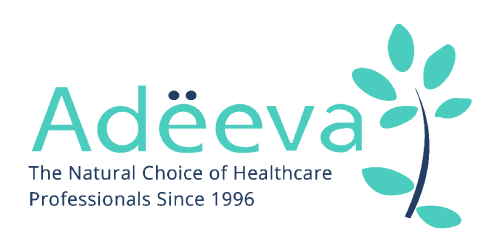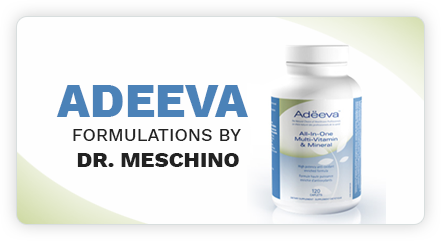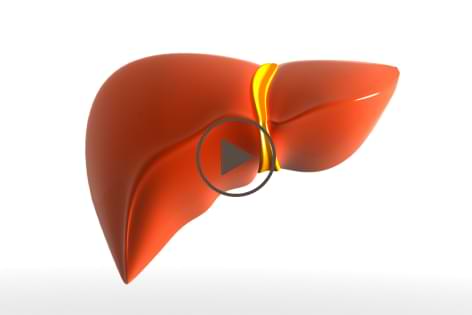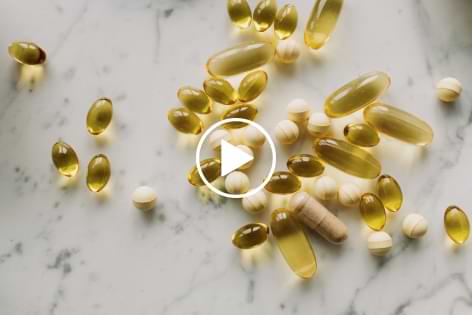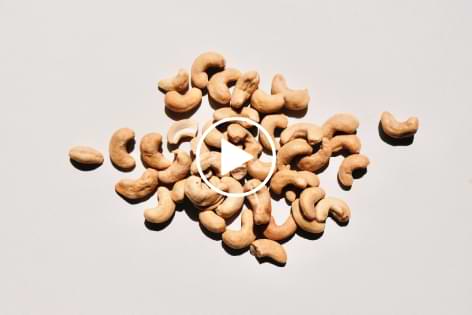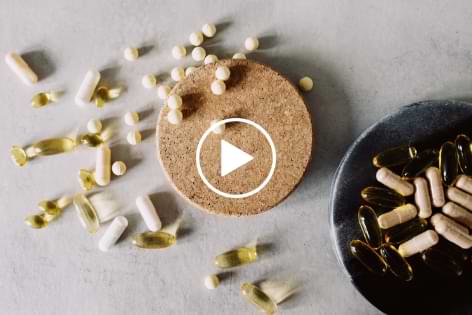
LMU 88 – Unlocking the Fountain of Youth: CoQ10's Remarkable Impact on Vascular Health
Source: American Heart Association Journal “Hypertension” (April 2018)
Lifestyle Medicine Update (April 27, 2018)
Introduction
The intricate dance between antioxidants and heart health has long captivated the world of scientific inquiry. As researchers weave together the threads of experimental studies and human observations, a tantalizing narrative unfolds—one that hints at the potential of antioxidants to mitigate heart attacks and cardiovascular diseases. Among the roster of antioxidants, vitamin E, vitamin C, and beta-carotene emerge as key contenders, whispering promises of safeguarding against free radical damage to the notorious LDL-cholesterol, curbing its tendency to cling to artery walls and foster the perils of atherosclerosis.
The Heart of the Matter: Unravelling the Connection
Amid the cacophony of studies and speculations, the enigmatic role of antioxidant supplementation in the realm of heart disease has yet to find its definitive voice. A puzzle of perplexities prevails, leaving lingering doubts about the efficacy of these supplements as a shield against heart ailments. However, a beacon of hope emerges from the annals of research—a beacon that goes by the name of Coenzyme Q10 (CoQ10).
The Turning Point: CoQ10’s Remarkable Reversal
In April of 2018, the pages of the American Heart Association journal “Hypertension” bore witness to a groundbreaking study—a study that would forever alter our understanding of CoQ10’s potential. This study delved into the impact of the antioxidant supplement CoQ10 on vascular function in healthy older adults. The results were nothing short of astonishing—CoQ10, in its novel form known as MitoQ, effectuated a transformation that rewound the clock of vascular health by 15 to 20 years. A mere six weeks of daily supplementation at a dosage of 20 mg per day catalyzed this remarkable reversal, breathing new life into blood vessels and redefining the contours of cardiovascular vitality.
The Echoes of Transformation: Vascular Health Unveiled
As the study’s tapestry of data unfolds, a symphony of transformation echoes through the dilation of arteries—a 42 percent improvement that painted a portrait of blood vessels resembling those of individuals two decades younger. This symphony of change resonates with profound implications, heralding a 13 percent reduction in heart disease risk—a triumph that the study researcher, Dr. Rossman, emphasized. A curious dance of cause and effect unravelled, revealing that this improvement in vascular function stemmed from a reduction in oxidative stress—an exquisite balance achieved through quenching the flames of free radical damage.
The CoQ10 Enigma: Unveiling the Mechanism
As we venture deeper into the realm of CoQ10, its essence unfurls—an antioxidant that serves as a sentinel in the vicinity of the cell’s energy factory, the mitochondria. The mitochondria, a crucible of free radical generation, finds its counterbalance in CoQ10’s protective embrace—a balance that shifts as the sands of time erode CoQ10 synthesis within the body. As age advances, the capacity to quell free radicals wanes, unleashing a cascade of oxidative stress.
A Symphony of Preservation: CoQ10’s Multifaceted Power
The pages of research lay bare an arsenal of benefits that CoQ10 wields. Its legacy encompasses improved blood circulation within diabetic arteries, underpinned by heightened nitric oxide release from the artery wall. The very lining of arteries secretes nitric oxide, unfurling a symphony of dilation that safeguards against heart attacks and fortifies optimal circulation.
In the realm of Hypertension, researchers unveiled MitoQ, a novel form of CoQ10 that homes in on mitochondria. This innovation heralds the dawn of future studies that may illuminate even brighter avenues. As the curtain rises on the realm of anti-aging, CoQ10 emerges as a beacon—a recommendation of at least 30-60 mg per day, post the age of 40 or 45, a key to preserving cellular energy production and kindling antioxidant prowess. With its potential to thwart congestive heart failure, high blood pressure, and perhaps even Parkinson’s disease, CoQ10 stands as an ally in the quest for longevity and well-being.
Conclusion: A New Chapter in Cardiovascular Wellness
In the intricate realm of heart health, the story of CoQ10 continues to unfold, an evolving narrative that invites us to reimagine the potential of antioxidants in cardiovascular wellness. As the pages of research continue to turn, CoQ10’s legacy amplifies—an elixir that rekindles the flames of vascular vitality and adds a vibrant stroke to the canvas of life.
References
- Matthew J. Rossman, Jessica R. Santos-Parker, Chelsea A.C. Steward, Nina Z. Bispham, Lauren M. Cuevas, Hannah L. Rosenberg, Kayla A. Woodward, Michel Chonchol, Rachel A. Gioscia-Ryan, Michael P. Murphy, Douglas R. Seals. Chronic Supplementation With a Mitochondrial Antioxidant (MitoQ) Improves Vascular Function in Healthy Older Adults. Hypertension, 2018; HYPERTENSIONAHA. [DOI](https://doi.org/10.1161/HYPERTENSIONAHA.117.10787)
- [Link to CoQ10 research study] (https://link.springer.com/content/pdf/10.1007/s00125-001-0760-y.pdf)
- [Link to another CoQ10 research study] (https://www.ncbi.nlm.nih.gov/pmc/articles/PMC4939545/)
- [Link to CoQ10 research study] (https://www.ncbi.nlm.nih.gov/pubmed/15256611)
Eat Smart, Live Well, Look Great
Dr. Meschino

Dr. James Meschino
ABOUT THE AUTHOR
Dr. James Meschino, DC, MS, ROHP, is an educator, author, and researcher having lectured to thousands of healthcare professionals across North America. He holds a Master’s Degree in Science with specialties in human nutrition and biology and is recognized as an expert in the field of nutrition, anti-aging, fitness, and wellness as well as the author of numerous books.
